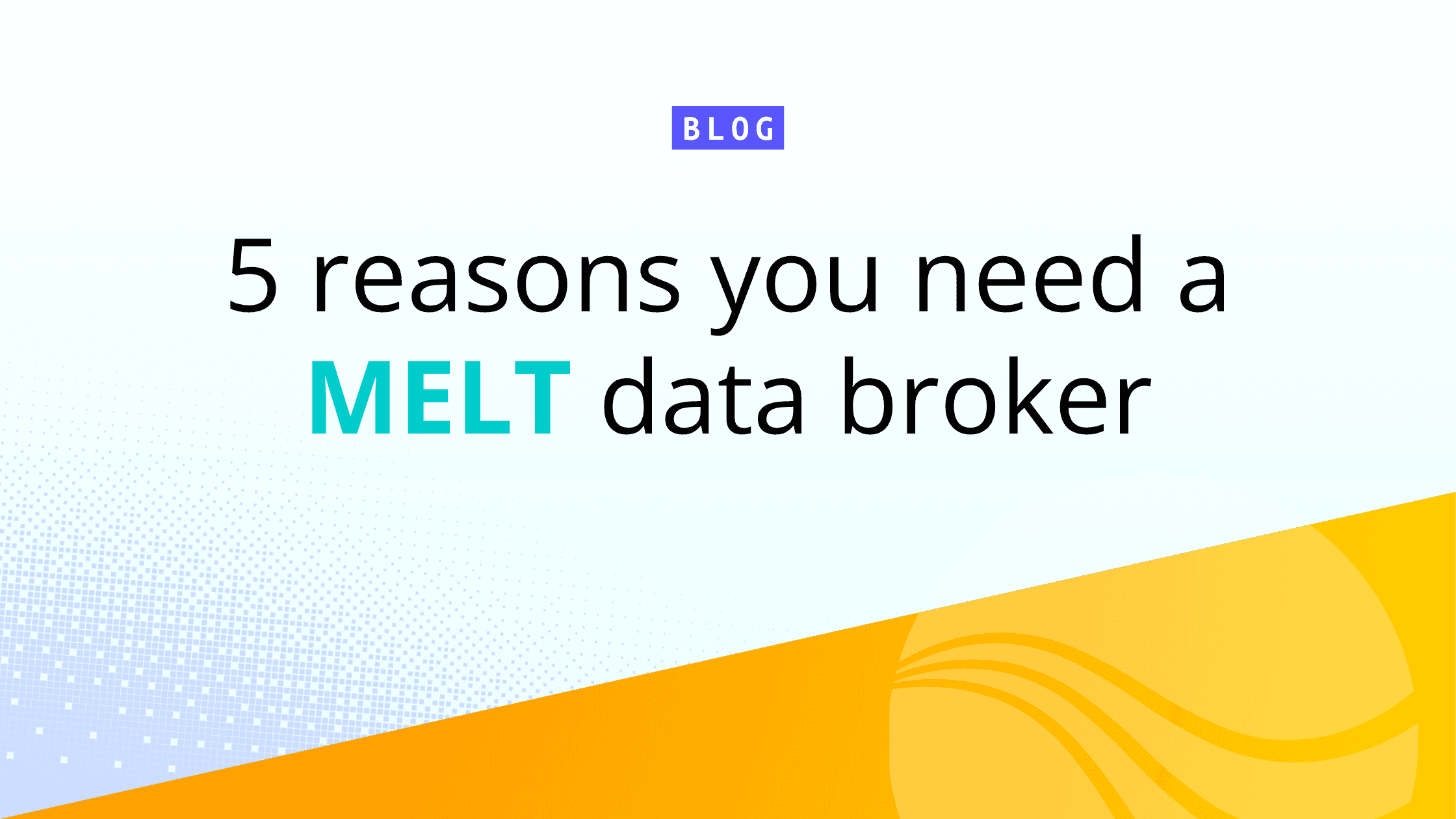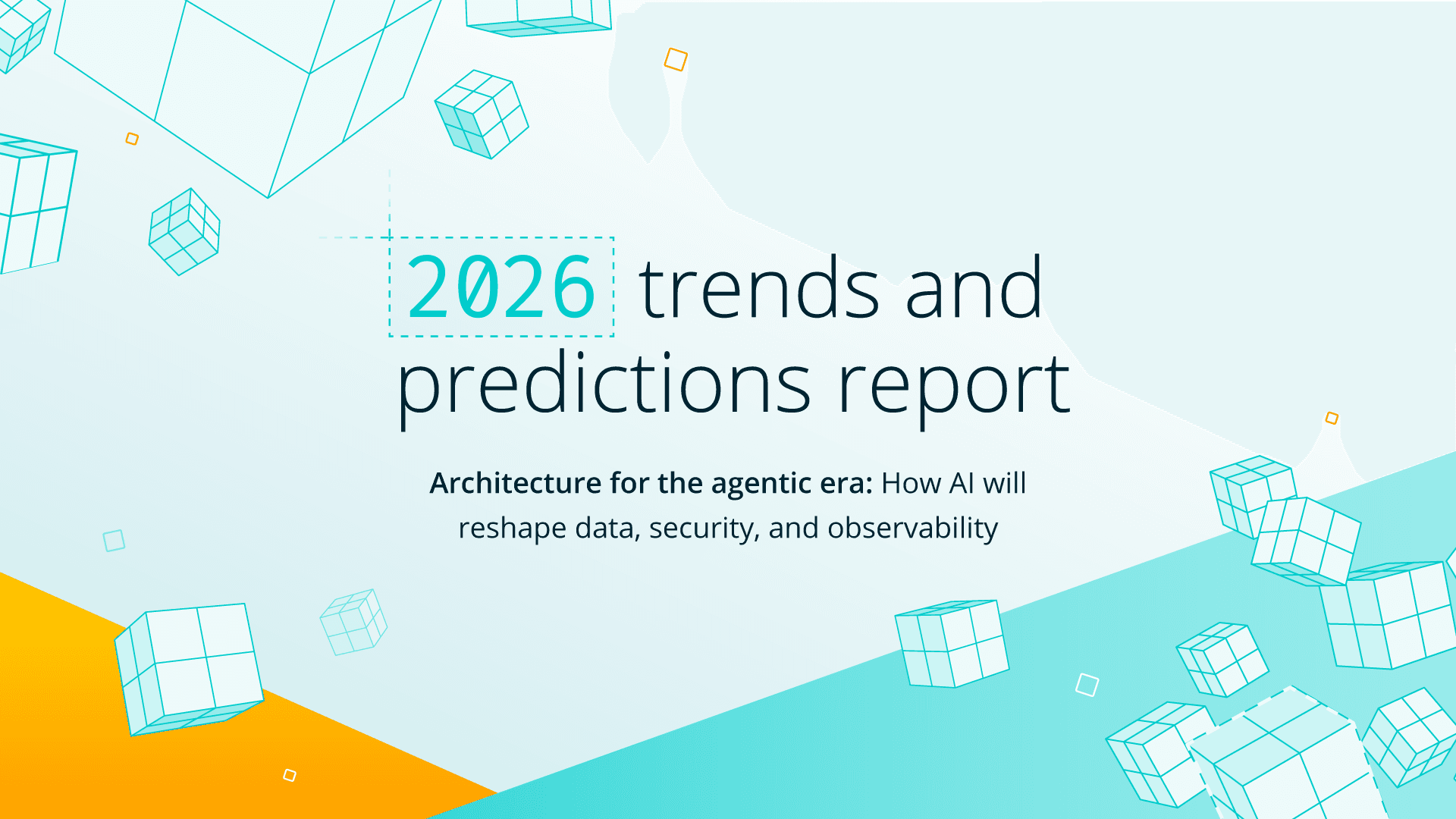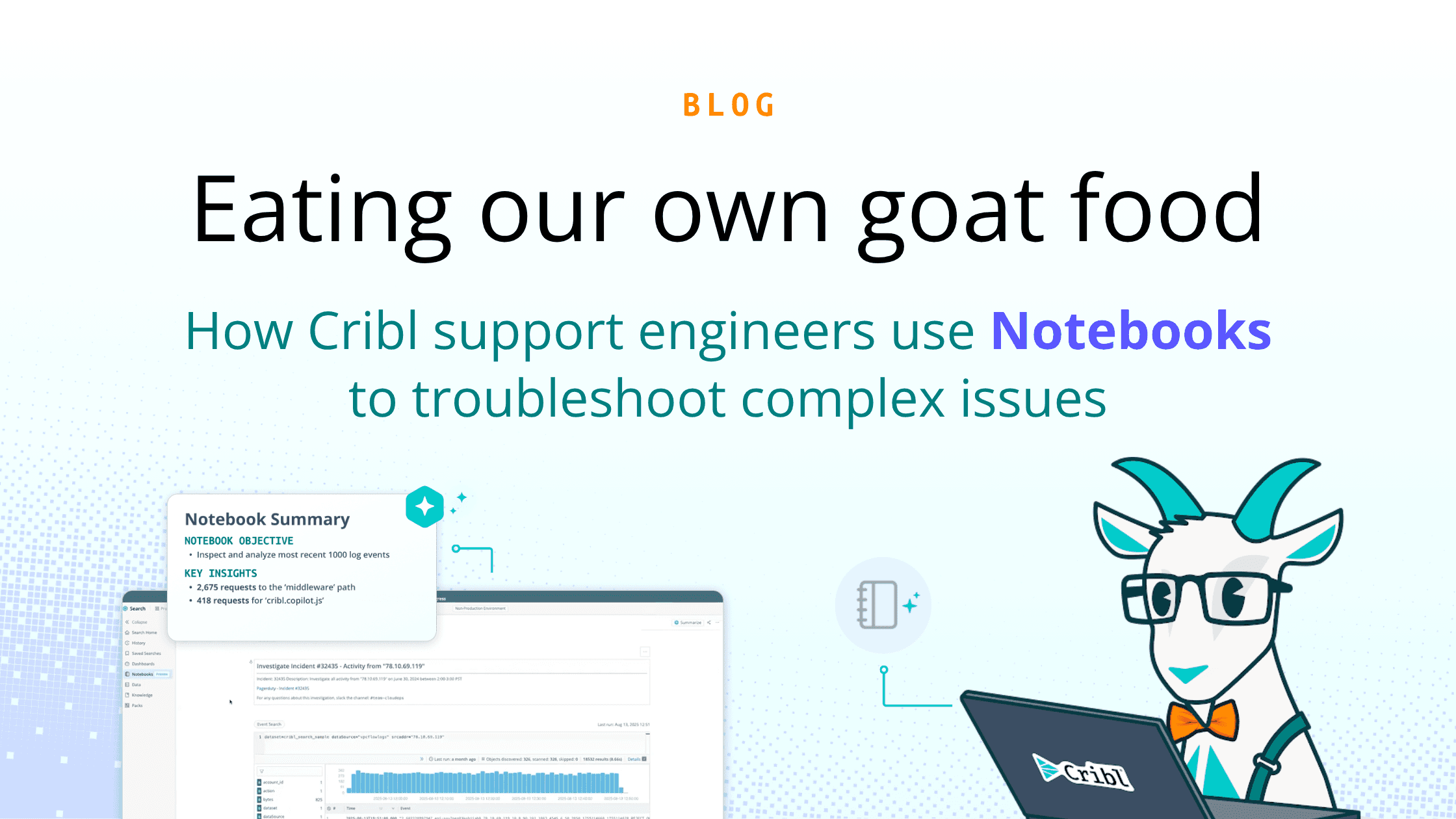Earlier this month I hosted the “Everything You’ve Heard About Observability is Wrong (Almost)” webinar– thanks to all of you who attended. I wanted to follow-up with the attendees as well as those who were not able to join. As promised, it wasn’t the same old Observability presentation that we have grown accustomed to you know, all marketing with little value.
The first thing I want to do is share some surveys that we did on the live webinar; some surprising, some not so much:
Question #1: What Is Your Current Opinion of Observability?
Responses: Less than 10% said it was mostly hype, the rest were evenly split on its value, but the majority said its value exceeded the hype. This was good to see as there is tremendous value in observability today and even more as we go forward. It is important to filter out the marketing hype and get to what Observability can really offer.
Question #2: How Many Data Analysis Systems Are Currently Deployed?
Responses: Approximately 50% of respondents had 1-3 systems, 37% had 4-7 systems, and 15% had more than 7. Having more than 4 different systems will typically require some form of open observability pipeline to avoid a bunch of bespoke, parallel data flows coming from the same source.
Question #3: What Is Your Biggest Observability Data Gap?
Responses: 33% saw cloud service as the area they were missing data visibility, while containers, data routing, and security all had about 15% seeing this as the biggest gaps. Once again cloud services make sense, but I also expected to see security a little higher on the list.
Next up, if you missed the presentation, here is a short recap. We covered what Observability really is (without the hype). I discussed how you can use observability to provide a greater level of visibility into what is happening across your enterprise and most importantly, how to build your own Observability solution. Yes, that’s right– I did say ‘build’ because no matter what a vendor tells you they can’t sell you one. Your Observability solution is based on your specific needs, not a vendor’s marketing message. First, you define your requirements, then determine what you already have in place, identify what might be missing, and then you can purchase ‘components’ to build your solution.
Think of building your Observability solution like building a security solution for your enterprise, there are no cookie-cutter solutions. Lots of great products, from lots of great vendors, but it is up to you to build the solution your organization requires. And don’t forget, your needs will change, so make sure you don’t lock yourself, or most importantly your data, into a single vendor’s solution. Better solutions and applications will be developed and you want to build an open system so you can add and replace components as the need arises.
Final Thoughts
Cribl believes the best marketing is the sharing of knowledge and if we bring you value through education, you might just be interested in checking out our products and solutions to solve your observability and security data challenges. So if you learned something from this presentation (or blog follow-up), check out our products too!







